For local science fans, the Open House at the Canadian Museum of Nature’s research and collections facility in Gatineau is one of the hottest tickets of the year.
In 2023, it’s taking place on Saturday, October 14. Tickets are free but you must reserve them in advance. You can do so on the museum’s website, beginning on Friday, October 6. Tickets are usually snapped up quickly—last year, the event attracted 2,500 people—so I’d advise you to get them ASAP if you’re keen.
The tickets are for specific times and the Open House lasts from 10am to 4pm. However, the last entry time is 2:30pm. Why? Because there is a ton to see, and you’ll need at least 90 minutes to explore it throughly.
The video below gives you a taste of what you can expect.
Millions and millions of specimens
Last week, I had the chance to take an advance media tour of the research and collections facility. (Running this website does have its perks!) It’s hard to convey just how huge the place is, but let me try.
- It is home to more than 14.6 million specimens and artifacts—everything from microscopic samples of DNA to glittering minerals, delicate plant samples, giant whale bones and entire dinosaur skeletons.
- The museum estimates that the collections cover an area roughly equal to five NHL hockey rinks.
- More than once on my tour, I was reminded of the last scene of Raiders of the Lost Ark, when a workman slowly wheels a crate down a long warehouse corridor lined with similar crates. (But don’t worry—the Museum of Nature’s collection is also vast, but it is much more enticing to explore!)
So why does the museum have so much stuff that’s not on display?
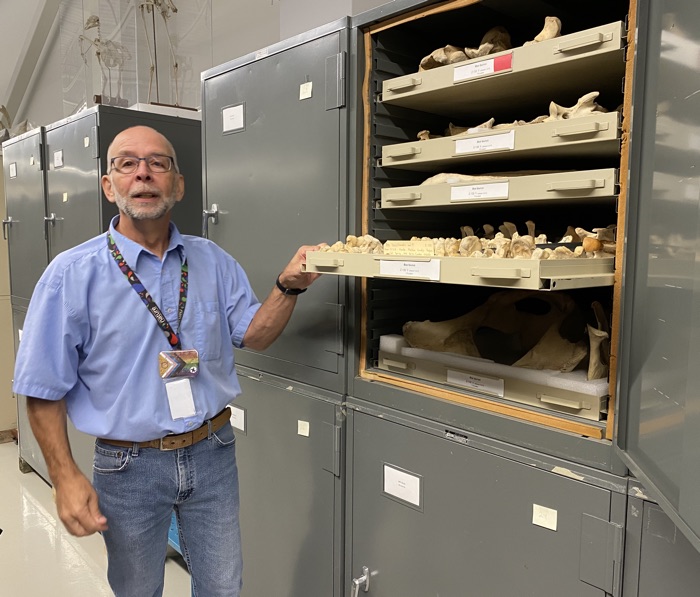
Dr. Jean-Marc Gagnon, the museum’s chief scientist and curator of invertebrates, was our primary host for the tour. He explained that the exhibitions and events in the museum’s public building in downtown Ottawa are just one facet of the institution’s work. Behind the scenes, scientific specialists are busily collecting, cataloguing and analyzing all sorts of plants, animals, minerals and other artifacts of our natural world. That helps them better understand evolution, climate change, geology, animal migrations and many, many other subjects. Their work is the foundation of the museum’s exhibitions.
What can I see during the Open House?
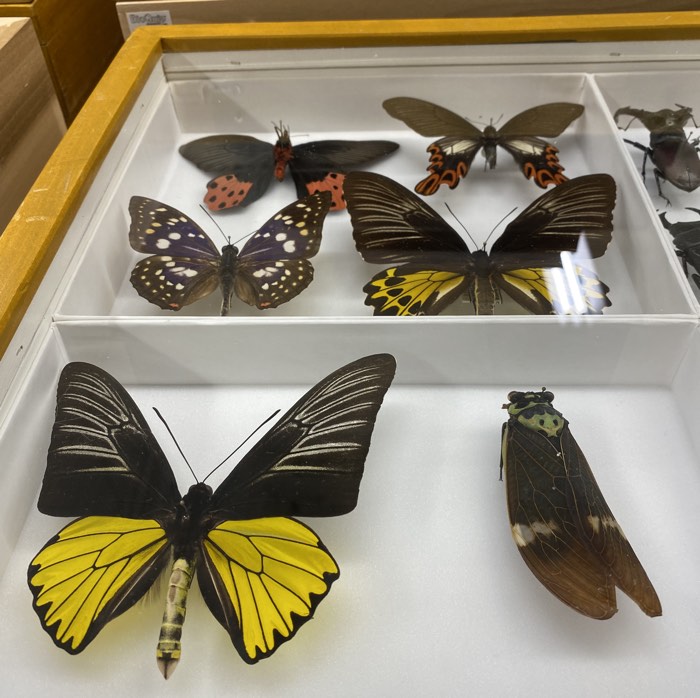
Not all of the labs and collections will be open to visitors during the Open House—for good reason. For instance, in some areas, the museum has to control access carefully to maintain the precise temperature and humidity levels needed to conserve particular items. Also, some spaces are too small to accommodate lots of people at once. “The building was not made for these types of visits,” Dr. Gagnon explained. (The structure was, however, wisely designed to withstand strong earthquakes, as our region lies on a fault line.)
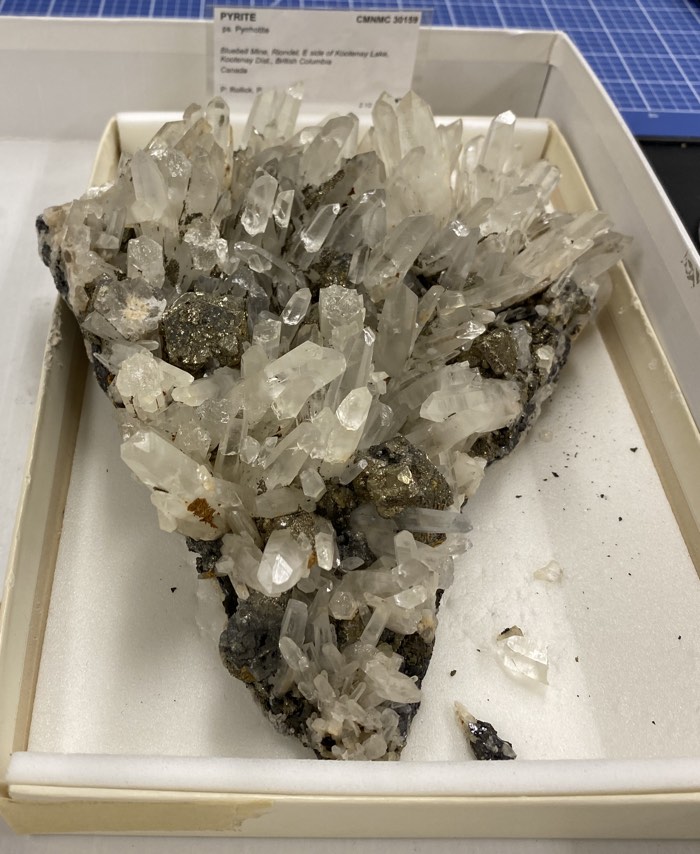
Even though you won’t be able to visit every nook and cranny of the building, there will still be more than enough on the Open House tour to fascinate even the most dedicated amateur scientist. The following collections will be open to visitors:
- fossils (dinosaurs and Ice Age animals)
- minerals (rocks and meteorites)
- invertebrates (corals, crustaceans and other marine creatures, as well as tiny insects)
- the Large Skeleton Room (whale bones, animal skeletons and a wall of antlers)
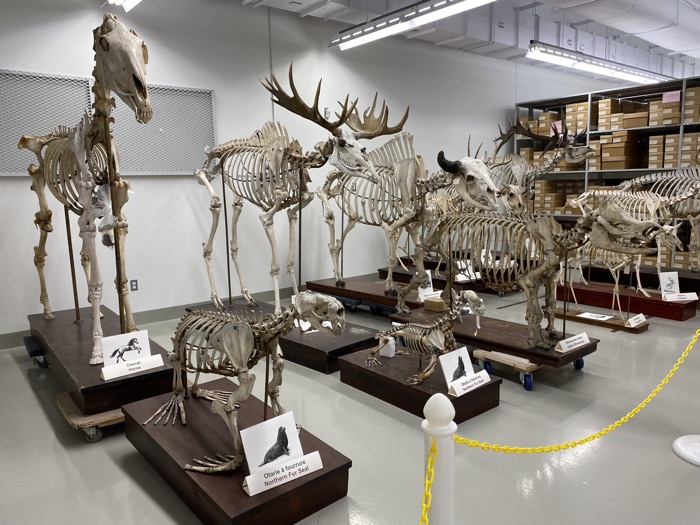
- Canada’s National Herbarium (pressed vascular plants, lichens and mosses)
- the library and archives (items from the museum’s rare book and nature art collections)
- the National Biodiversity Cryobank (a “deep freeze” centre that can currently preserve 250,000 plant and animal tissues for DNA analysis, and has enough space to eventually preserve 1 million)
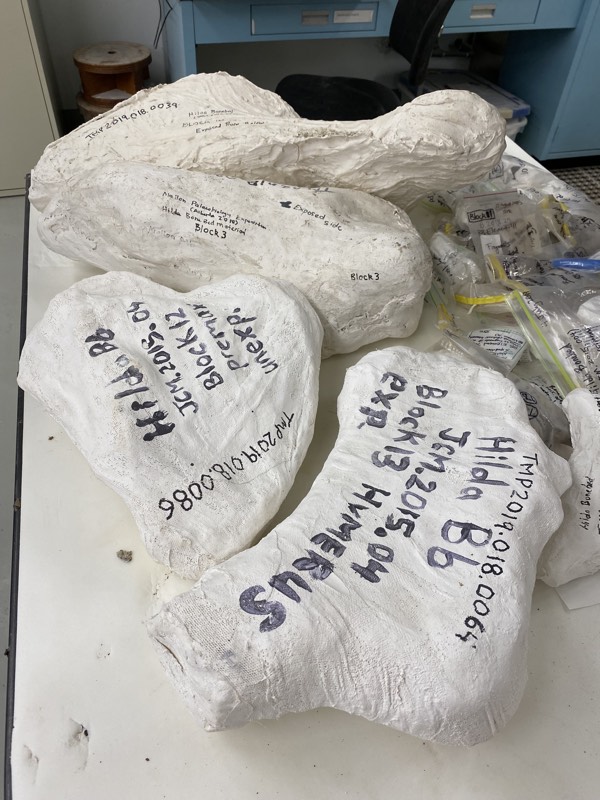
One of the many cool things I learned on our tour was that paleontologists encase their fossil finds in plaster—the same sort of stuff a doctor would wrap around your broken arm—to protect the items until they can be examined in detail. Fascinatingly, the museum has samples dating back more than 100 years, just waiting to be opened, identified and catalogued.
Why the backlog? Opening the cases, chiseling out the fossils and teasing out their stories is a slow, painstaking process. However, the chance to be the first person to see an artifact in more than a century—and perhaps the first human to see a particular type of fossil, once it is chipped out of its rocky shell—is a unique thrill. “It never gets old,” said Dr. Scott Rufolo, the museum’s curator of palaeobiology, who took us through the fossil collection.
What can I do during the Open House?
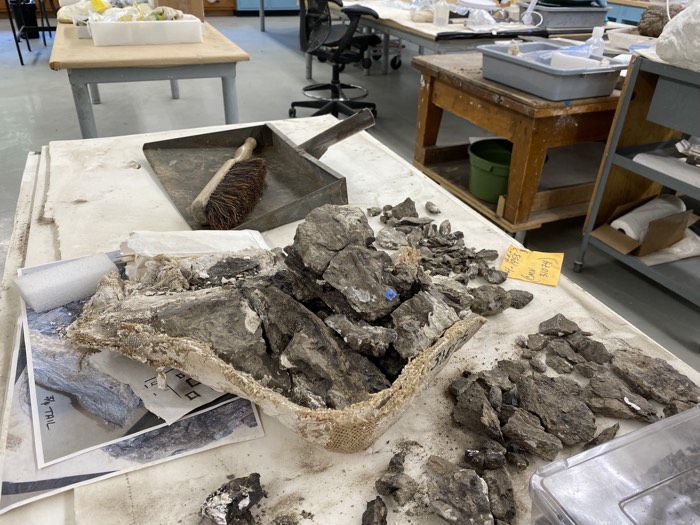
This open house isn’t just about looking at things. You can also check out the following labs, where researchers, curators, technicians and students will be answering visitors’ questions and leading activities:
- a fossil workshop (learn about new fossil finds, 3D scanning and the ways collectors extract fossils from rock)
- X-ray lab (find out how researchers identify new minerals)
- conservation lab (learn how specimens are preserved and conserved for scientific collections and for public display)
- a heavy wet lab (see jars of fishes, reptiles and amphibians)
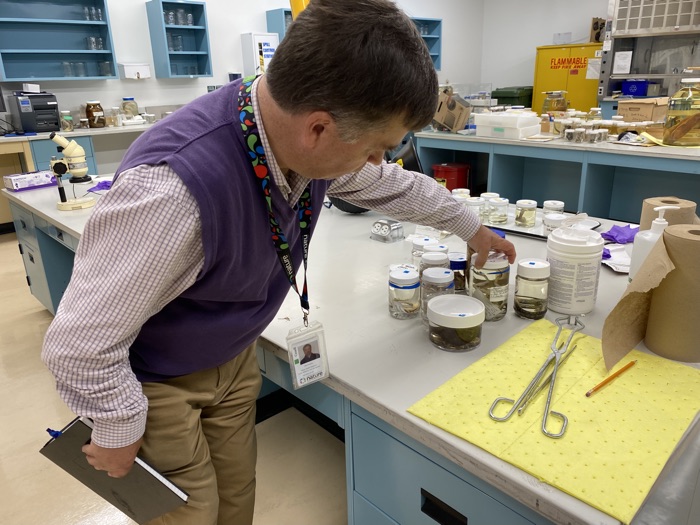
And in case you were wondering where all these reassembled skeletons, taxidermied animals and jarred amphibians came from, don’t worry. Researchers aren’t prowling our woods and oceans hunting down critters. These days, the vast majority of new animal specimens are—sadly—the victims of vehicle collisions and other types of accidents.
If you go to the Canadian Museum of Nature’s Open House
Please avoid wearing perfume or other scented products. Some of the researchers who work at the facility have developed chemical sensitivities after years of working with formaldehyde and other products. In fact, if you are sensitive to scents, you may want to avoid rooms such as the heavy wet lab, where chemicals are used.
You cannot bring food or drinks into the collections and research areas of the building, due to the risk that crumbs and spills may attract pests.
The Canadian Museum of Nature’s Research and Collections Facility is located at 1740 Pink Road in the Aylmer section of Gatineau. (Google Maps displays it as the “Natural Heritage Campus” in the map below.)
And a final reminder: Don’t forget to reserve your tickets in advance to avoid disappointment.
Looking for more tips on things to see and do in and around Ottawa? Subscribe to my free weekly newsletter or order a copy of my book, Ottawa Road Trips: Your 100-km Getaway Guide.
As the owner of Ottawa Road Trips, I acknowledge that I live on, work in and travel through the unceded, unsurrendered territory of the Algonquin Anishinaabeg Nation. I am grateful to have the opportunity to be present on this land. Ottawa Road Trips supports Water First, a non-profit organization that helps address water challenges in Indigenous communities in Canada through education, training and meaningful collaboration.
